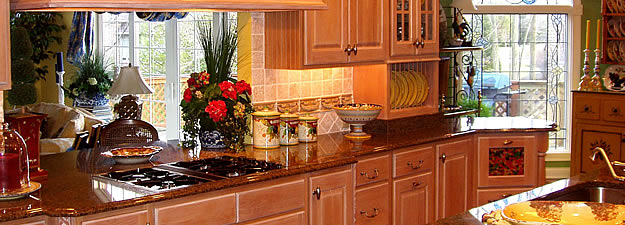“The kitchen will give you the most bang for your buck,” he says. “It’s where you expend most of your energy. Just think, your fridge is running 24 hours a day. Only your utility room will use more electricity overall.”
Thank you for reading this post, don't forget to leave a comment.
Large projects can be intimidating, but they just need to be broken down. Holstine outlined five steps a home owner should take during the initial stages of remodeling to make things run more smoothly.
Step 1: Take an inventory of your needs. Look around your kitchen and identify the problem areas. Maybe your cabinets are falling apart, or the sink has an irreparable leak. Poor lighting can make it difficult to cook. Make a list of what must be changed.
Step 2: Make goals. What do you want out of your new kitchen? Some example goals include:
More space
The ability to compost more easily
Better lighting
Save energy and money
Step 3: Decide what you are going to do yourself and what will require a professional. Study your budget, time and skills to determine what you can take on.
Step 4: Hunt for the products you want. Perform good research to find nearby stores with products that meet your goals. Don’t forget to measure your spaces before shopping so you can buy accordingly.
Step 5: Put it all together. Write out as many details as possible and take the plan to your contractor. Try to cover everything, from the little things like cocks and grooves, to the big things like flooring and plumbing.
“Every little detail should be spelled out as specifically as possible so [the contractor] knows exactly what you expect from the project,” Holstine says. It is important to explain to the contractor your definition of “green,” because people have different ideas about what that means. If you want the contractor to meet your expectations, you must clearly outline them.

